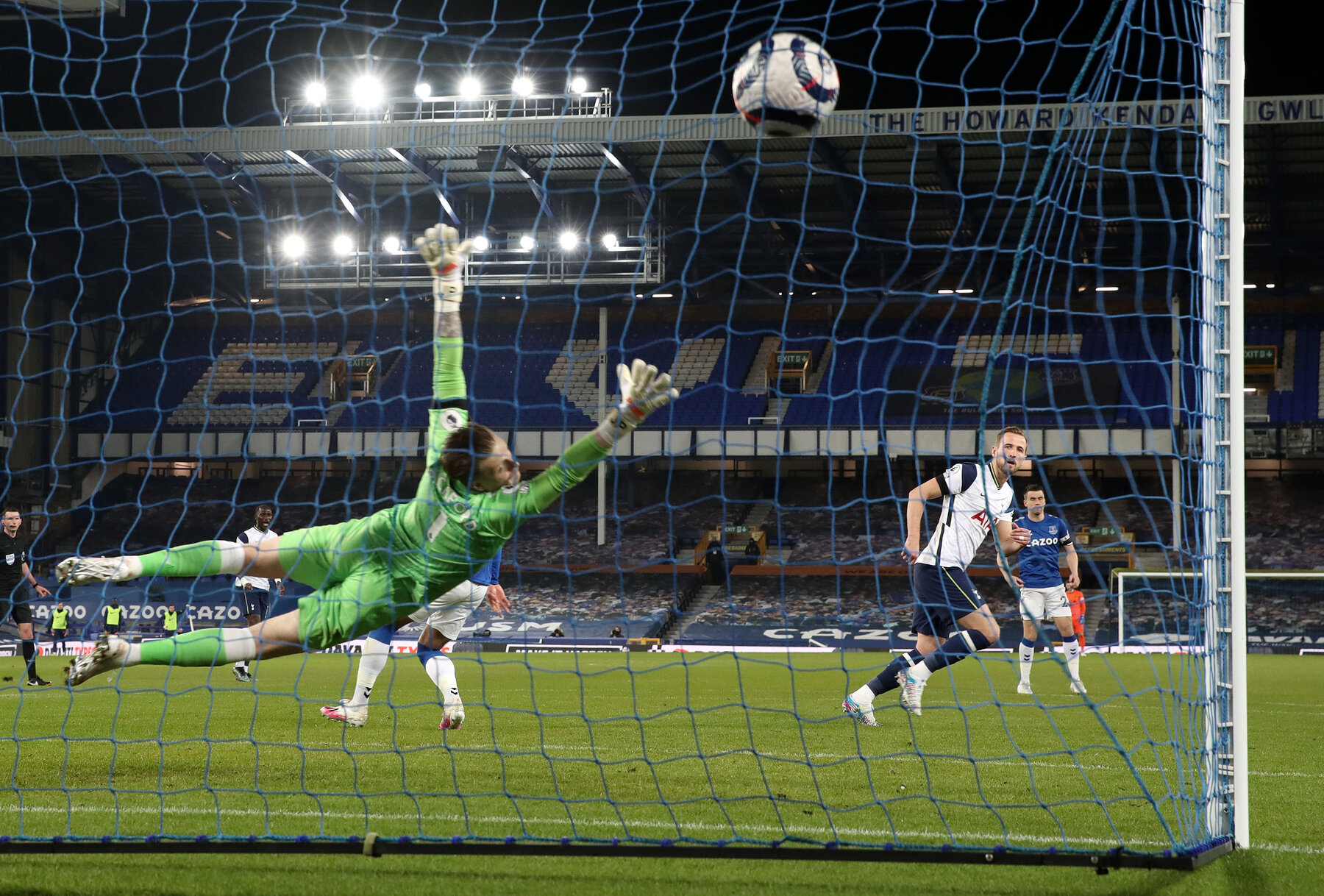
All popular international games feature their own scoring rules. Despite this, there are some similarities to the scoring system of most popular games that reward the winner based on the success of the match.
How is soccer different from other ball games?
Typically, basketball rewards players with points based on the direction and the distance they hit from. In rugby, a team can score three points for a penalty, three points for a drop goal, 5 points for a touchdown, etc.
And people who are not familiar with soccer (especially the ones living in countries where soccer is not a national game) often ask: how many points is a goal worth in soccer?
Soccer, however, has its own unique scoring system. In a soccer game, only a point per goal scored is given, and this point is commonly called a “goal”. Soccer scoring systems are very simple. Each goal is equal to one point.
Soccer games basically have very low scoring. A ball game can have scores of hundreds. But soccer teams typically only score 1-3 points per game.
And this is while a soccer match normally comprises 2 halves, 45 minutes each, which makes the total game time reach 90 minutes.
So, why are there so few goals scored?
The most likely answer is: that all the goals in soccer are equal in points and are hard to score.
There can sometimes be long periods of time before goal scoring begins. And sometimes neither team can score a single goal during a soccer match.
With a penalty shootout, the match will probably have a higher number of goals, as they are more prolific. Besides, a penalty shootout is always great fun.
In this article, we will try to explain to you what the goal in soccer is, how you can score, and what kind of scoring system they use in soccer.
Maybe that will help you understand why soccer is the most popular and admired game in the world.
What’s a goal in soccer?
In soccer, the word “goal” has two meanings:
- It’s one of two frames on both sides of the soccer field with two vertical goalposts, one horizontal crossbar on top, connecting them, and a net between these goalposts
- A goal is when a player gets the ball into the goal, and the ball completely passes over the goal line, between the goalposts, and under the crossbar.
As you can see, these definitions refer to different things, but you should keep them both in mind if you want to appreciate the beautiful game.
Rules for scoring a goal
So, the official rules stipulate that the soccer goal is scored as the ball passes across the goal line — through the two goalposts and below the crossbar.
It is awarded upon the absence of any offense committed by the attacking team at the moment of the score or just moments before.
There are several crucial points here, and this rule is not up for debate:
- The goal is scored if the ball completely crosses the goal line. If even 1 cm of the ball remains on the other side, it will not count as a goal. Technological development has made it easy to register the exact location of the ball with maximum precision
- If the scoring team has committed offense just before directing the ball over the goal line, a referee will call a foul, not a goal. Fouls are punished by a free kick or even a penalty kick, which we’ll explain later
How can you score a goal?
There are several ways to score a goal in soccer. Which one the player will use depends on the situation on the soccer field.
- Strike
- Volley
- Header
- Free kick goal
- Penalty goal
- Own goal
Strike
Soccer players use their feet to strike. It’s one of the most common and powerful ways to score a goal. The player’s location is not important, they can be anywhere on the pitch.
Volley
A player uses their foot and strikes the ball out of the air, directing it into the net. It’s hard and requires serious skills and coordination.
Header
A player directs the ball to the soccer goal using their head. This is quite a common way to score a goal and often happens when the goal is very close and the ball comes to the teammate from above.
Free kick goal
A referee awards a free kick after a foul and from the foul spot. It can’t be interfered with by the members of the other team and can often result in a free-kick goal. Such kicks often result in free-kick goals, especially when taken just outside the penalty area.
Penalty goal
Soccer players score penalty goals on a penalty kick. A player shoots from a penalty mark in the penalty area (rectangular box surrounding the goal) in front of the goal.
These kinds of kicks are the most effective in terms of score points. The player is one-on-one with the goalkeeper, and the other players can’t interfere.
Own goal
Sometimes a player kicks a ball into the soccer goal of their own team. This disaster is called an own goal. It doesn’t happen every soccer match, of course, but not as rare as you would think. It even happened at the world cup.
How do you keep the scores? What are the team points?
During a soccer match, the teams are awarded points according to goals scored by players: one point — 1 goal. After the game, the team wins if it scored more goals than the opposing team.
The ultimate outcome is important, as it determines total points and position in the league. Professional soccer leagues represent quite a competitive environment.
For team ranking, the following scoring system is in effect:
- If a soccer team scored more goals than the other team, it wins the match and is awarded three points
- If a soccer team scored fewer goals than the other team, it loses the match and the number of points awarded is zero
- If the number of goals scored by the teams is the same, both teams get one point for each
How do soccer players score points?
So, points are critically important. Position in the standings affects which games the team is going to play, what teams it is going to play against, and the value of every individual player.
But there are also stats with individual points given to the players. You can find such information in the league statistics. For example, attacking players get points depending on the statistics of goals and assists.
A goal scored means two points for a player, and an assist — one point. An assist is the last pass to the forward, who then strikes a goal.
This information is invaluable for the leagues: for post-game analyses and further improvement. For example, the English Premier League, among others, keeps track of such stats as:
- Goals
- Assists
- Tackles, tackle %
- Blocked shots
- Passes per match
- Duels
These statistics also assist the leagues in their scouting for new team members, as they show the players’ strengths and weaknesses and help recruit somebody with the required skills and preferably the most points.
And of course, individual points for a player are their pass to the best teams of the league, as competition for the flagman team spots is really high, and the player with the most points will have a better chance of getting a great contract.
Why is it so important to score incredible and beautiful goals if the players can’t get more than a single point for a goal?
That’s a fair question. Soccer players try so hard, sometimes risking their own health to score that brilliant fantastic goal. Why bother if you’re getting only one point, anyway?
And the answer is actually pretty simple: they do it for their fans, for their entertainment and joy.
Soccer is the most popular and loved game in the world, with millions of fans all over the globe. And those fans appreciate all the efforts made by their team and each individual player, their commitment to winning, skills and courage. Soccer fans are a special breed of people, absolutely loyal and always grateful.
That’s why soccer players do their best to keep the fans happy and entertained.
Final thoughts
Overall, the point system in soccer is easy to understand. It’s actually pretty simple: one goal — one point.
Standings and individual ranking systems are a different story, and we’ve already explained them in the article.
Hopefully, you enjoyed reading about soccer and maybe got interested enough to find out more about this outstanding game that unites people of the world.
Frequently asked questions
Is a goal worth 2 points in soccer?
The answer is: no it isn’t. Any goal during the soccer game brings the team one point, no matter how it was scored. It’s that simple.
However, if we are talking about individual points for players, then 2 points are an option. They are given to an individual soccer player for a goal scored. Although those points have nothing to do with the results of the game.
How many points do you get per goal in soccer?
You can be awarded only one point per goal. Some ball games have quite a complex score system, but not so much in soccer: it’s quite simple.
How many points are a goal?
The team which scored a goal is awarded one point, no matter how brilliant it was, how far the ball hit, or how beautiful the combination was.
How many points are in soccer?
It depends on what you mean. If you are asking about the number of points the scoring team is awarded, the answer is only one point. That’s what you get for one goal.
However, if you are interested in the ranking system where every team occupies a certain position in the league, then it goes along the following lines: for every win, a team gets 3 points, for every draw — 1 point, and for every loss — 0 points.
And gets a certain rank accordingly.
How much is a one goal worth soccer?
The scoring system in soccer is simple. When a team scores a goal, it is awarded 1 point. It doesn’t matter what distance the player was shooting from or how difficult the shot was. All goals have the same value.
Read also: 5 Best Ankle Brace For Football






